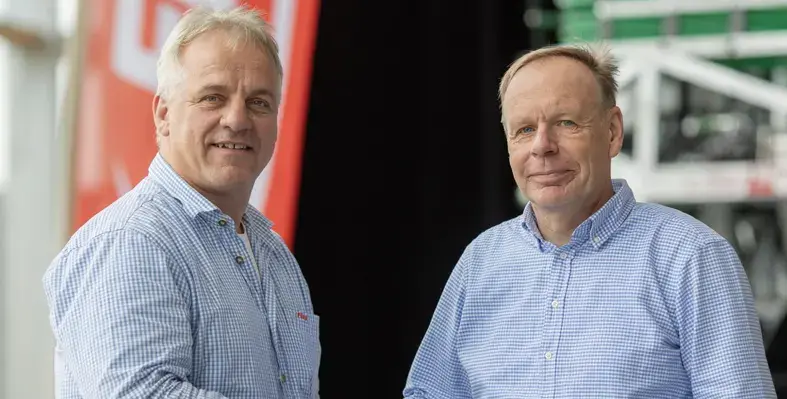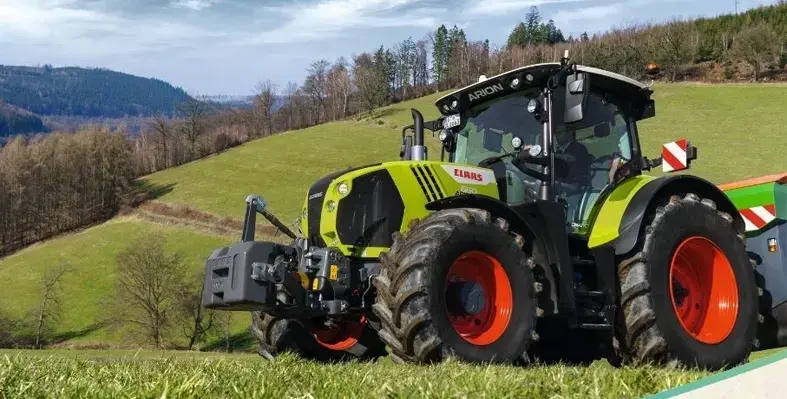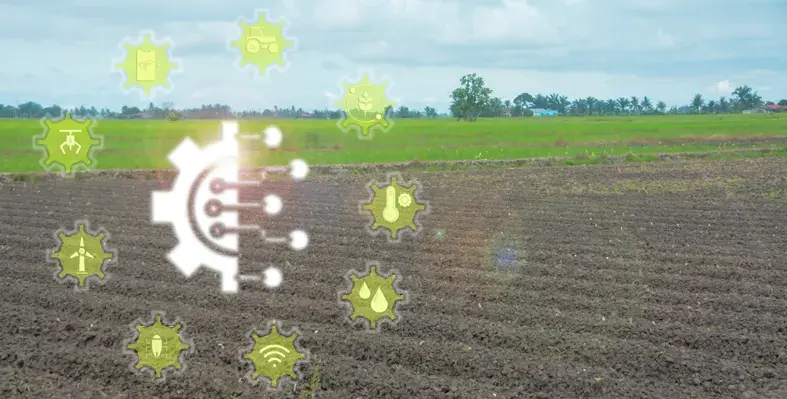
The software ensures precise dosing and transparently documents all steps, from small batches to complex multi-comp onent recipes. (Image source: Minebea Inc)
Leading global manufacturer of weighing and inspection technologies, Minebea Intec has launched a new recipe software to cater to the needs of companies in the food industry
ProRecipe XT helps map manual dosing processes by combining scales and software into a powerful unit, thus fulfilling the highest requirements for precision and process reliability. Moreover, it benefits not only production companies with demanding recipes but also system integrators who want to expand their portfolio with a powerful recipe management system.
From the precise weighing of ingredients to automatic documentation, ProRecipe XT eliminates errors and enables the entire process to be digitally controlled, thereby saving time and ensuring smooth flow. ProRecipe XT finds typical application in the food industry where it can be used in the production of baked goods. The baking process is quite tedious and generally involves the processing of numerous ingredients in different quantities.
The software ensures precise dosing and transparently documents all steps, from small batches to complex multi-comp onent recipes. Thanks to the interface to existing ERP systems, order and batch data can be transferred automatically. Once dosing is complete, ProRecipe XT returns the weighing data and consumption quantities directly. This saves time, minimises input and weighing errors and ensures precise batching and an up-to-date stock overview at all times. Additionally, the software has a modular and attractively priced licensing concept that makes sensitive cost calculations easier.
The comprehensive services - from software and weighing solutions to commissioning and qualification - come from a single source. Where necessary, Minebea Intec provides support with individual adaptations in order to offer customised solutions for specific customer requirements.
"With ProRecipe XT, we enable our customers not only to digitalise their production processes but also to make them significantly safer and more efficient," explained Lars-Henrik Bierwirth, global product manager at Minebea Intec. "Thanks to the complete traceability and precise control of all process parameters, we are setting new standards in production safety."








